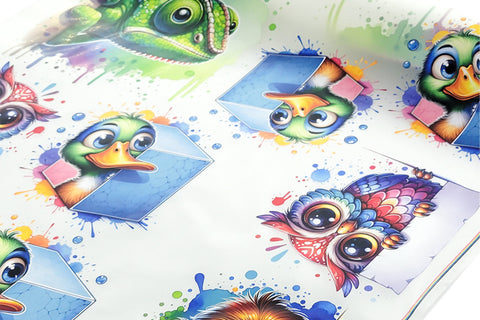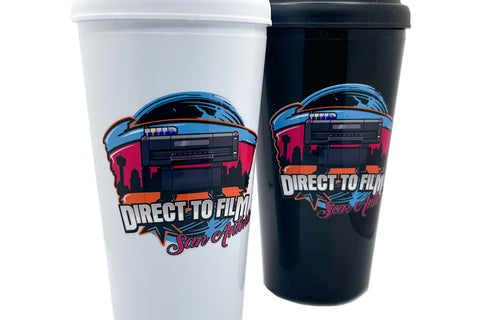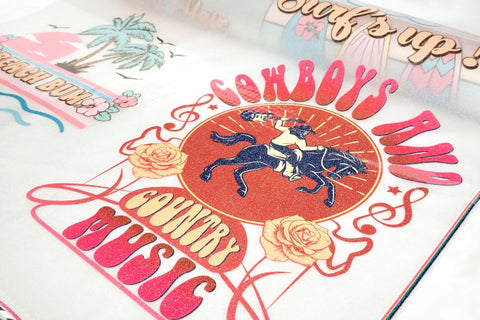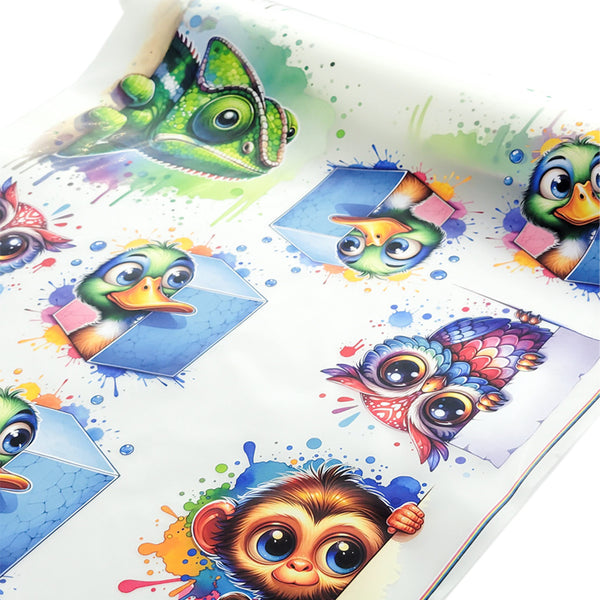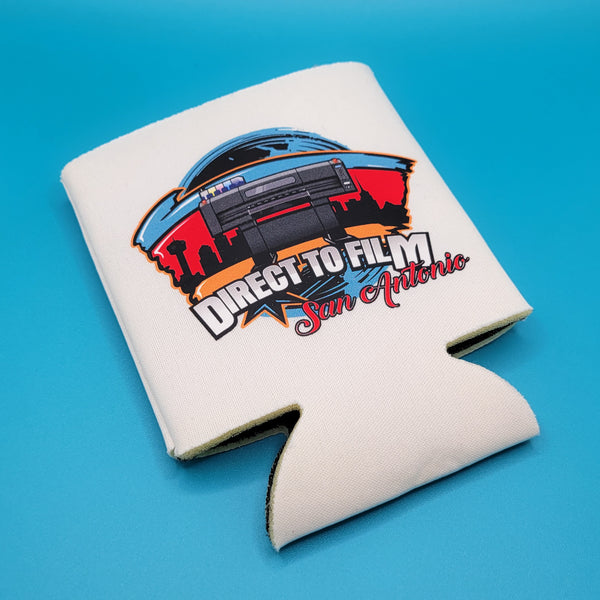Who does not want perfect DTF printed apparel with vibrant colors and durability? However, you cannot achieve the highest level of quality just by having the latest printer or transfer film. It's about knowing the process well and avoiding mistakes because the smallest errors cause big quality issues.
So it's time to identify the common DTF mistakes and learn how to fix them to get perfect DTF prints for your business or DIY purposes.
Common DTF Printing Mistakes and Solutions
Here are a few DTF printing failures and ways to overcome them.
Using the Wrong Film Type
Are you using the low-quality or incompatible PET film? You are making a mistake because it may cause poor adhesion, cracking designs, or inconsistent prints.
Always use high-quality DTF transfer film that is designed for your printer and inks. Find the films with good anti-static properties and consistent coating for smooth ink application.
Incorrect Ink Levels or Ratios
Many DTF beginners think that more white ink equals better vibrancy, but overusing white ink can cause blurry prints, extended drying times, or peeling after pressing, and using less white ink can cause designs to look faded on dark fabrics. Also DTF transfer comes in different sizes and choosing the right one makes a huge difference.
For this, you need to adjust ink ratios in your RIP software:
-
White Ink: 60–80%
-
CMYK Ink: 100% (balanced depending on the image)
-
Use the underbase choke setting to slightly shrink the white ink underlayer (2–5%) to prevent a white halo.
Poor Adhesive Powder Application
You can get a well-bonded DTF print when you apply the adhesive powder in the right way. If you apply a little powder, it results in peeling after a wash. Too much powder causes clumping or a bumpy surface.
No worries, you can solve this issue by using a powder shaker or manually dipping the wet print into a powder tray. Then shake off all excess powder. The ink will itself get the desired amount of powder.
Inconsistent Curing Temperature or Time
Curing is the most important step to let the adhesive powder work efficiently. The basic mistakes that occur usually are when you keep the temperature too low and powder remains inactive, or keep the temperature too high, and ink or film burns.
You can overcome this problem by using a curing oven with a curing temperature for DTF around 320°F (160°C) for 2 to 2.5 minutes. Also, make sure to watch for the powder to change from granular to a smooth, melted texture.
Improper Heat Press Settings
There are many pros and cons of DTF printing, even if your transfer is perfect, the final result can fail due to the wrong heat press setting. It can cause peeling after washing, faded colors, or a design not fully fused into the fabric.
The right heat press setting for DTF is to keep the temperature around 300–320°F (150–160°C) for 10–15 seconds. Apply medium to firm (you should feel some resistance when closing the press. You can also use a Teflon or parchment sheet and press for 5 seconds after peeling for more durability.
Not Pre-Pressing the Garment
If you skip the DTF garment pressing step, then the moisture and wrinkles in the fabric affect DTF transfer adhesion and print quality. You always need to pre-press the fabric for 5–7 seconds at 300°F before applying the DTF transfer. This can remove moisture, flatten wrinkles, and ensure better adhesion.
Overcrowding Designs on a Gang Sheet
You are allowed to add multiple designs on a DTF gang sheet, but placing them too close causes overlapping during cutting and application errors.
Next time, leave at least 0.25 of space between designs for clean cutting and handling. You can also use layout software for precise placement.
Not Storing Transfers Correctly
Are you also exposing finished transfers to heat, humidity, or direct sunlight? Stop doing this! It can cause degradation and poor final results when you transfer the design to the fabric.
Always store DTF transfers in a cool, dry, and dark environment and use airtight containers or sealed bags to maintain quality over time.
Ignoring Regular Printer Maintenance
DTF printer maintenance is essential because when you leave clogged nozzles and dirty print heads, it results in banding, smudging, or incomplete prints, and sometimes, the printer does not work at all.
The solution is to clean your DTF printer regularly, run nozzle checks before printing, and use proper cleaning solutions. Schedule weekly maintenance to avoid buildup.
Not Testing Before Full Runs
If you directly jump into production without test prints, you are wasting the material and time due to undetected setup errors.
Always perform a small test print before running full production. This helps you catch layout, color, or adhesion issues early.
Get Trusted DTF Printing Services in San Antonio
You can now get customized DTF stickers and gang sheets from dtfsatx.com. They offer reliable, high-quality direct-to-film transfer sheets that take away half the hassle and let you focus on pressing and enjoy wearing your customized garment. Every small business, designer, or hobbyist can get their favorite DTf designs from them. They deliver press-ready transfers right to your door, ensuring consistent results every time.
FAQs
Why is my DTF film not transferring?
The reason may be incorrect heat press settings (too low temperature, pressure, or time), under-cured adhesive powder, or moisture in the garment. Make sure to keep the heat press at 300–320°F for 10–15 seconds with firm pressure, and always pre-press the fabric to remove moisture.
Why are my DTF prints dull or faded after washing?
Faded prints are usually the result of under-curing, poor adhesive bonding, or low-quality film or ink. Make sure the adhesive powder is evenly applied and cured, and always use high-grade materials.
How do I prevent my DTF prints from cracking or peeling?
Avoid over-curing and check your press pressure and time. Cracking can also occur if the garment is stretched after pressing or if the transfer was not bonded correctly.
What’s the ideal temperature for curing DTF powder?
Perform curing at 320°F (160°C) for 2-3 minutes using a heat press or curing oven. Always refer to your specific powder manufacturer's guidelines.
Final Thoughts
DTF printing offers flexibility and high-quality output, but the process requires accuracy and care to avoid common errors. Be patient and mindful of these specific DTF printing mistakes if you want to enhance your print quality, reduce material waste, and grow a more profitable custom printing business.
